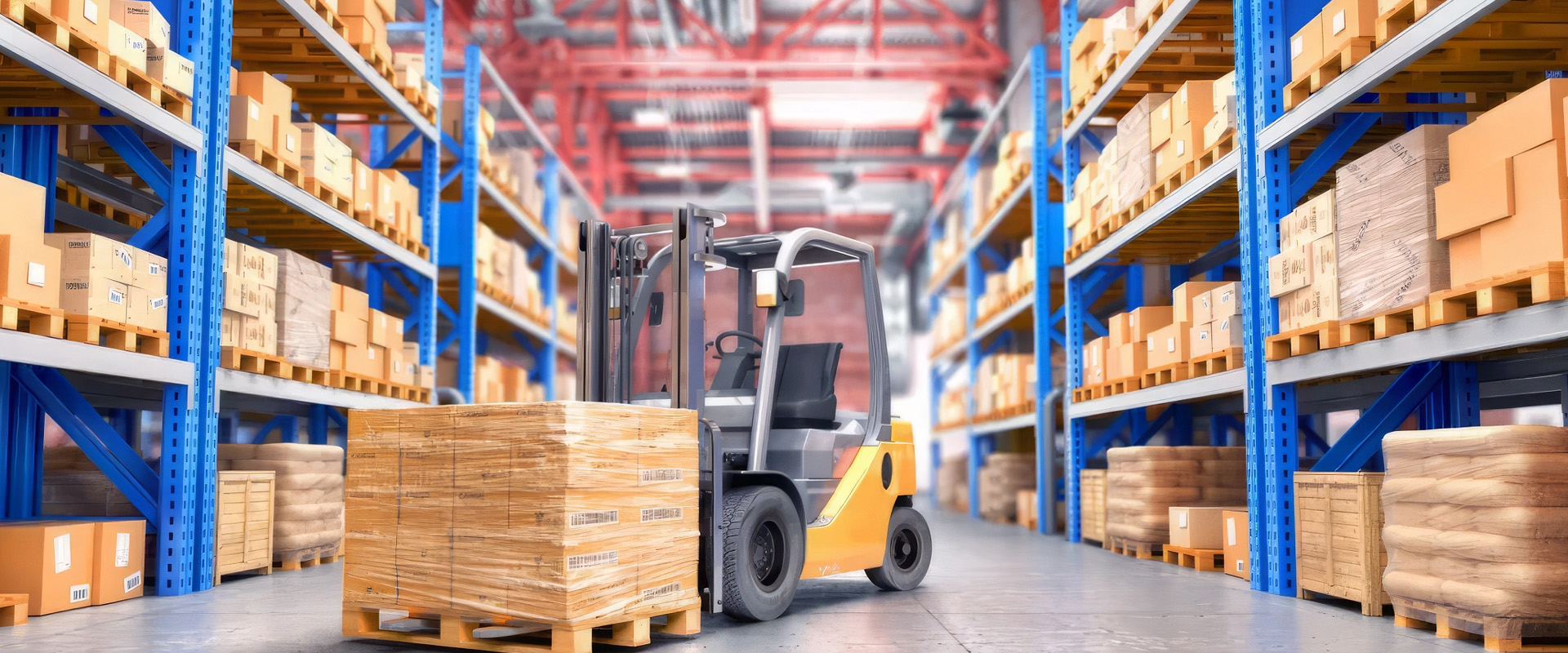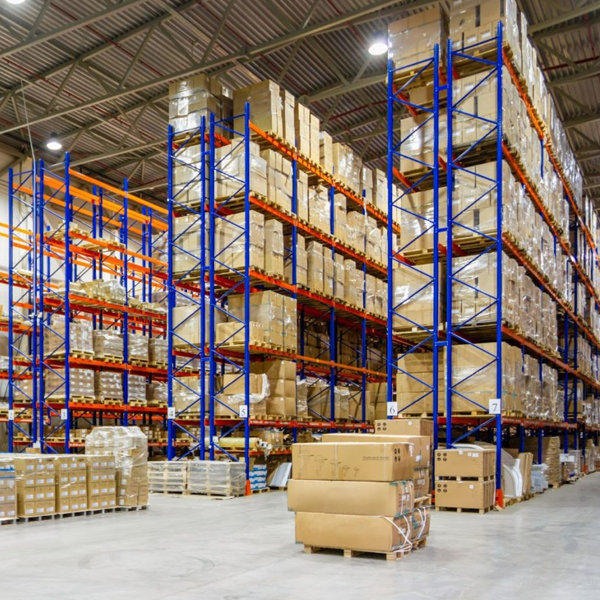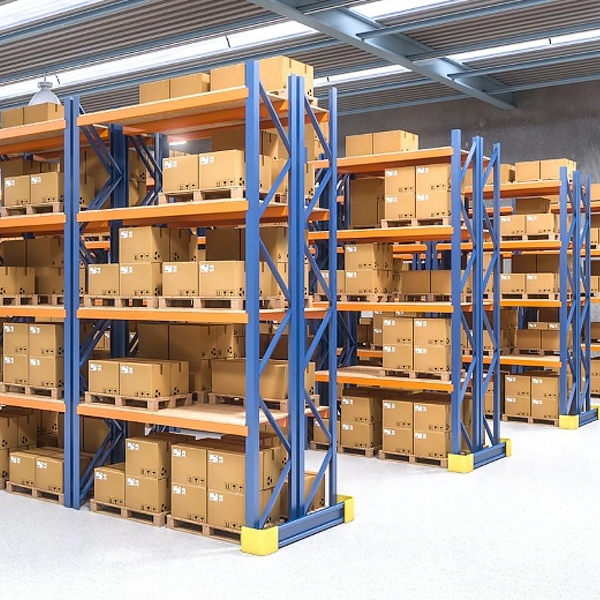With the advent of the digital age, warehousing and fulfillment are undergoing profound transformations. The introduction of new technologies such as automation, the Internet of Things (IoT), and artificial intelligence (AI) is making warehouse management and order fulfillment more intelligent and efficient. However, the application of these new technologies also brings forth challenges.
The widespread application of automation technologies, such as robots and automated sorting systems, can significantly boost warehouse efficiency and reduce human errors. However, the high investment costs and maintenance complexity might pose challenges for some small and medium-sized enterprises. Additionally, the security of digital systems raises concerns, making data and information protection an urgent issue.
Nevertheless, the evolution of warehousing technology also presents substantial opportunities. Businesses can leverage data analysis to optimize inventory management and forecast demand, thereby reducing excess inventory. Smart logistics systems provide real-time logistic information, aiding both businesses and customers in tracking shipment statuses. By appropriately applying and balancing these new technologies with human resources, businesses can stand out in a competitive market.
In the digital age, adaptability and innovation are paramount. Companies need to continuously embrace new technologies while being vigilant about the risks they entail. By correctly applying and harmonizing technology with workforce capabilities, businesses can find opportunities amidst transformations and achieve lasting success.







评论